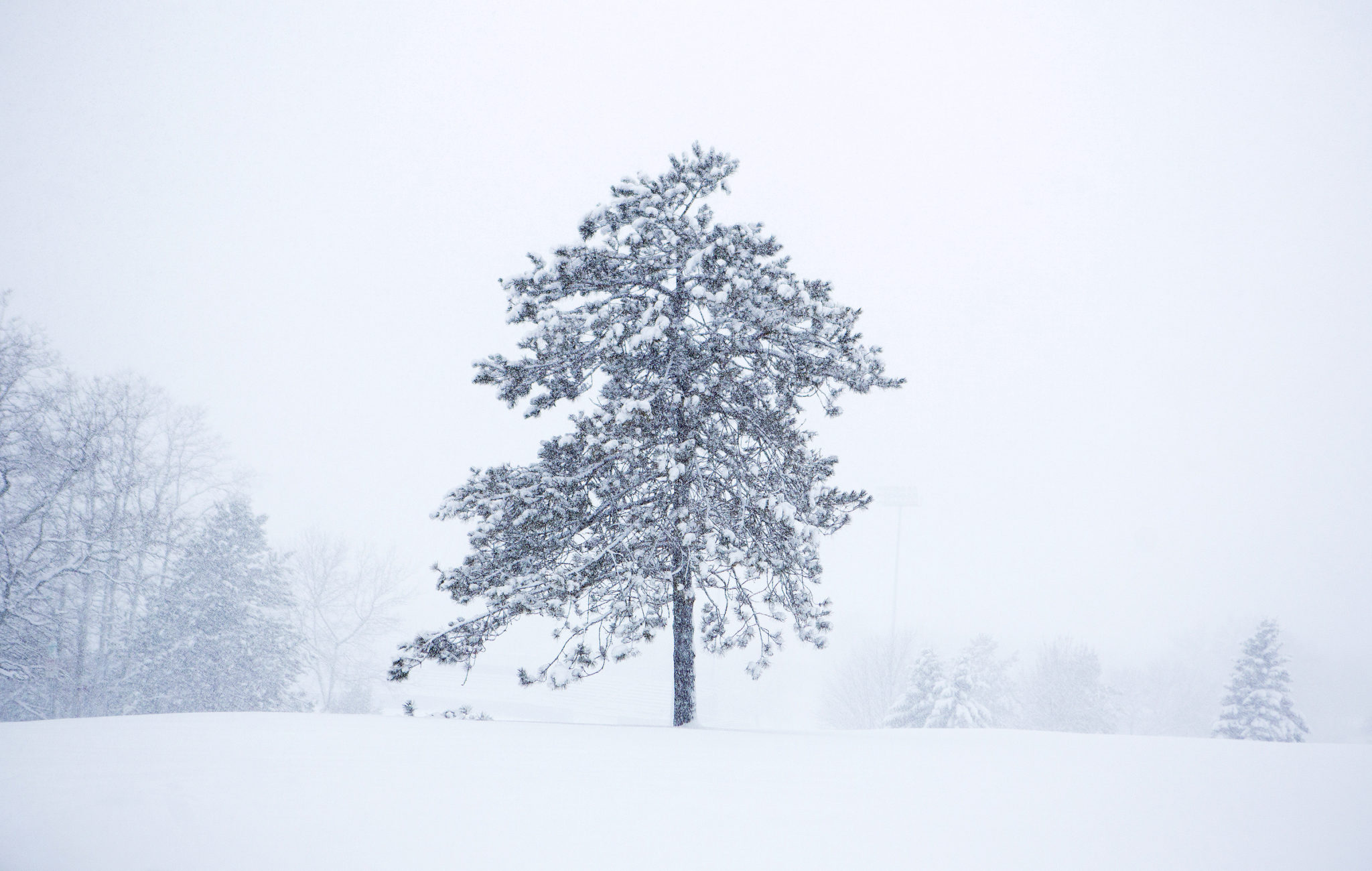Can you eat snow? We asked the experts.
When you’re a child, snow is magical. It is hard to resist catching the fluffy, crystalline flakes on your tongue

For parents, watching children gorge themselves on snow may cause some anxiety, but kids and adults alike have long snacked on snow. There are a number of traditional recipes for snow-based treats, from all-natural sno-cones to snow ice cream.
Mark Serreze, director of the National Snow and Ice Data Center in Boulder, Colorado, fondly recalls his childhood memories of eating snow. “My childhood was definitely shaped by Maine winters and a love of snow,” he says. “I was eating snow all the time, and I’m still ok.”
Even though eating snow is mostly safe (and often irresistible), there are a number of health and safety considerations to make before you take a bite.
Is it safe to eat snow?
For the most part, yes; however, you have to keep a keen eye out for any contaminants. Never eat snow that has been plowed, as it will contain salt or chemicals like magnesium chloride used to melt snow. The old saying “don’t eat yellow snow” has more than a little bit of wisdom; watch out urine, stool or fur left behind by animals.
The risks are also different depending on where you live. In rural locations, snow can pick up dust or leech agricultural chemicals on land where they are intensively used. Besides the increased chances of contamination by human footfall, snowfall in urban areas is more likely to pick up air pollution. Smokes, fumes, and exhaust can linger in snow after getting caught as it falls.
In general, avoid eating snow that’s been sitting outside for longer than a few hours. You may even run the risk of accidentally consuming springtails, also known as “snow fleas,” which hop around melting snow looking for decaying organic material.
“It all comes back to a lot of common sense,” Serreze says. “If you want to eat snow, wait for a nice snowy day and eat snow during the snowfall.”
The best time to eat snow is a few hours in to the snowfall, when the air is slightly clearer of pollutants and the snow has not spent enough time on the ground to pick up nasty bacteria or plowing detritus. Gather the freshest snow off the top of the pile. Very young children and individuals with immune issues may want to avoid the risk and pass on the snow treats.
How to eat snow
Once you have determined that the snow is clean, you can get creative with how you serve it. Drizzle any kind of syrup (maple is a popular favorite, as is chocolate) over fresh snow to make a homemade snowcone. You can also make your own flavored syrups from berries by boiling frozen berries and sugar.
“My mom would mix up Kool-aid and pour it over a dish of snow,” Serreze recalls. “That was sort of our pre-sno-cone.”
Snow ice cream, or “snow cream,” is another traditional snow recipe. Mixed cream, milk or condensed milk with vanilla, sugar, and a pinch of salt (some recipes also use raw eggs) over a bowl of snow. Serve with a spoon for a perfect snow day treat.
